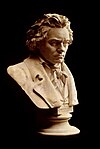
Op. 70 is a set of two Piano Trios by Ludwig van Beethoven, written for piano, violin, and cello. Both trios were composed during Beethoven's stay at Countess Marie von Erdödy's estate, and both are dedicated to her for her hospitality. They were published in 1809.

Gotthold Ephraim Lessing was a German philosopher, dramatist, publicist and art critic, and a representative of the Enlightenment era. His plays and theoretical writings substantially influenced the development of German literature. He is widely considered by theatre historians to be the first dramaturg in his role at Abel Seyler's Hamburg National Theatre.

Johann Georg Albrechtsberger was an Austrian composer, organist, and music theorist, and one of the teachers of Ludwig van Beethoven. He was a friend of Haydn and Mozart.

Ludwig van Beethoven was a German composer and pianist. Beethoven remains one of the most admired composers in the history of Western music; his works rank among the most performed of the classical music repertoire and span the transition from the Classical period to the Romantic era in classical music. His career has conventionally been divided into early, middle, and late periods. His early period, during which he forged his craft, is typically considered to have lasted until 1802. From 1802 to around 1812, his middle period showed an individual development from the styles of Joseph Haydn and Wolfgang Amadeus Mozart, and is sometimes characterized as heroic. During this time, he began to grow increasingly deaf. In his late period, from 1812 to 1827, he extended his innovations in musical form and expression.
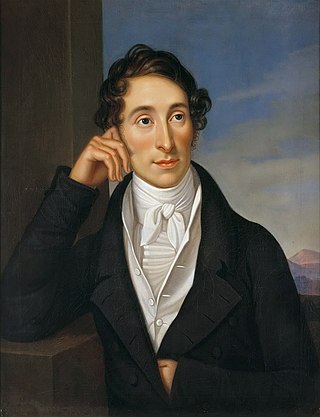
Carl Maria Friedrich Ernst von Weber was a German composer, conductor, virtuoso pianist, guitarist, and critic of the early Romantic period. Best known for his operas, he was a crucial figure in the development of German Romantische Oper.

Carl Philipp Emanuel Bach, also formerly spelled Karl Philipp Emmanuel Bach, and commonly abbreviated C. P. E. Bach, was a German Classical period composer and musician, the fifth child and second surviving son of Johann Sebastian Bach and Maria Barbara Bach.

Freiherr Hans Guido von Bülow was a German conductor, virtuoso pianist, and composer of the Romantic era. As one of the most distinguished conductors of the 19th century, his activity was critical for establishing the successes of several major composers of the time, especially Richard Wagner and Johannes Brahms. Alongside Carl Tausig, Bülow was perhaps the most prominent of the early students of the Hungarian composer, virtuoso pianist and conductor Franz Liszt; he gave the first public performance of Liszt's Sonata in B minor in 1857. He became acquainted with, fell in love with and eventually married Liszt's daughter Cosima, who later left him for Wagner. Noted for his interpretation of the works of Ludwig van Beethoven, he was one of the earliest European musicians to tour the United States.

Heilbad Heiligenstadt is a spa town in Thuringia, Germany. It is the capital of the Eichsfeld district.

Johann Baptist Wanhal was a Czech classical music composer. He was born in Nechanice, Bohemia, and died in Vienna. His music was well respected by Mozart, Haydn, Beethoven and Schubert. He was an instrumental performer as well. While being a proficient organist, he also played the violin and cello.
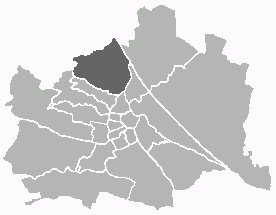
Döbling is the 19th district in the city of Vienna, Austria. It is located in the north of Vienna, north of the districts Alsergrund and Währing. Döbling has some heavily populated urban areas with many residential buildings, and borders the Vienna Woods. It includes some of the most expensive residential areas such as Grinzing, Sievering, and Neustift am Walde, and is home to many Heurigen taverns. There are some large Gemeindebauten, including Vienna's most famous, the Karl-Marx-Hof.

Heiligenstadt was an independent municipality until 1892 and is today a part of Döbling, the 19th district of Vienna, Austria.
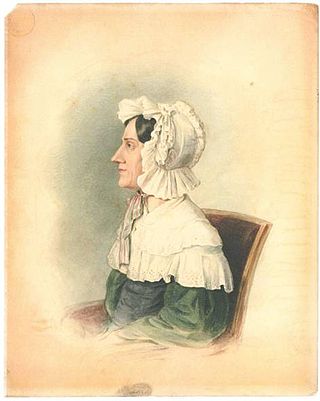
Nannette Streicher was a German piano maker, composer, music educator, writer and a close friend of Ludwig van Beethoven.

"Ode to Joy" is an ode written in the summer of 1785 by German poet, playwright, and historian Friedrich Schiller and published the following year in Thalia. A slightly revised version appeared in 1808, changing two lines of the first and omitting the last stanza.
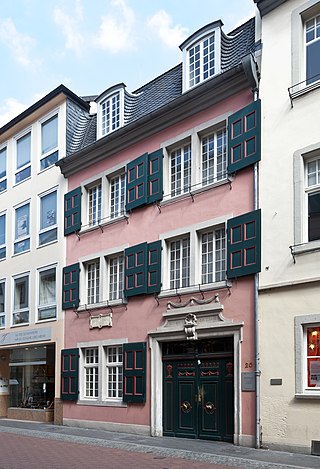
The Beethoven House in Bonn, Germany, is a memorial site, museum, and cultural institution serving various purposes. Founded in 1889 by the Beethoven-Haus association, it studies the life and work of composer Ludwig van Beethoven.

Oberdöbling was an independent municipality until 1892 and is today a part of Döbling, the 19th district of Vienna. It is also one of the 89 Katastralgemeinden.

St. James's Church is one of two Roman Catholic churches in the parish of Heiligenstadt in the 19th district of Vienna, Döbling. It stands at the Pfarrplatz and is dedicated to James, son of Zebedee.
Christian Heinrich Postel was a German jurist, epic poet and opera librettist, who wrote 28 libretti for the Oper am Gänsemarkt in Hamburg: set by composers such as Johann Philipp Förtsch, Reinhard Keiser and Georg Philipp Telemann. His texts for a St John Passion were set by composers Christian Ritter, Johann Mattheson and Johann Sebastian Bach in their respective St John Passion.
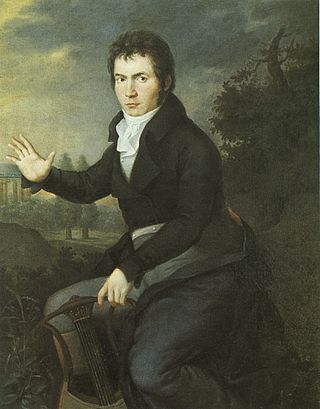
There are at least two surviving portraits created by German painter Joseph Willibrord Mähler in oils of the composer Ludwig van Beethoven.
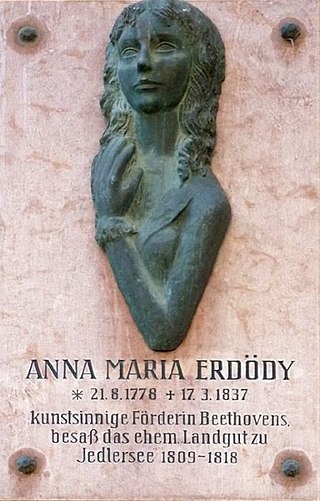
Countess Anna Maria (Marie) von Erdődy was a Hungarian noblewoman and among the closest confidantes and friends of Ludwig van Beethoven. Dedicatee of four of the composer's late chamber works, she was instrumental in securing Beethoven an annuity from members of the Austrian high nobility.
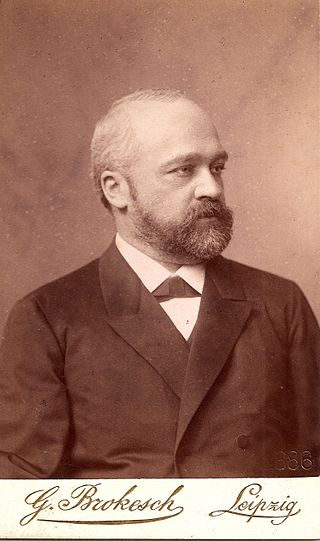
Georg Conrad Adolph Brokesch was a 19th-century German photographer.




















